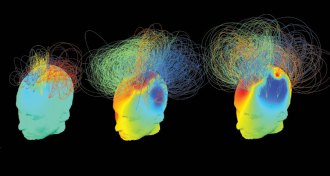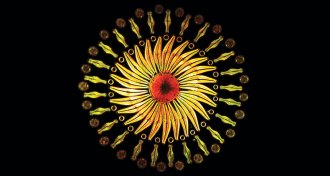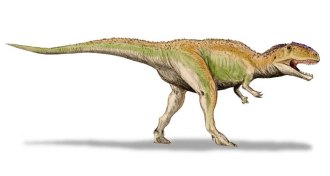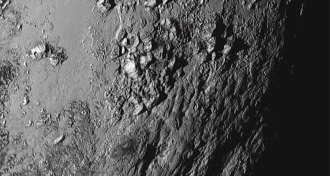Uncategorized
-
 Neuroscience
NeuroscienceBrain activity in unconscious patients offers new views of awareness
As more people survive serious brain injury, researchers are using EEG and fMRI to learn who is aware inside an unresponsive body.
By Laura Beil -
 Ecosystems
EcosystemsEncased algae create kaleidoscope of color
The skeletons of diatoms, algae that produce oxygen but also form toxic blooms, can create beautiful microscopic designs.
-
 Animals
AnimalsToddler seahorses are bumbling and adorable
Rice-grain-sized youngsters can’t yet get a grasp with their tails.
By Susan Milius -
 Neuroscience
NeuroscienceAge affects brain’s response to anesthesia
Anesthesia has different effects on young and old brains.
-
 Animals
AnimalsHelp ornithologists develop bird photo ID tool
Cornell ornithology lab’s computer identification of common North American avian species needs your photos.
-
 Life
LifeAntibody that fights MERS found
Scientists have isolated a human immune protein that fights the MERS virus in mice.
-
 Life
LifeMicrobes’ role in truffle scents not trifling
Truffles make their prized aroma with a little help from their microbes, chemists suggest.
By Beth Mole -
 Life
LifeLaser light made inside cells
Microscopic beads and oil droplets become lasers when implanted into cells.
By Andrew Grant -
 Physics
PhysicsRevamping the metric measure of mass
The units of the metric system are on track for a 2018 makeover.
-
 Paleontology
PaleontologyFossils illustrate evolution of life
Paleontologist Donald Prothero takes readers through the evolution of life on Earth from the earliest oozes of goo to our recent relative Lucy.
-
 Planetary Science
Planetary SciencePluto’s icy landscape comes into view
The New Horizons flyby reveals varied terrain and evidence of active geology on Pluto.
-
 Science & Society
Science & SocietyAutism’s journey from shadows to light
Science writer Steve Silberman considers autism in the modern era of neurodiversity - a movement to respect neurological differences as natural human variation - framing the relatively progressive autistic experience of today against the the conditions oppressed past.